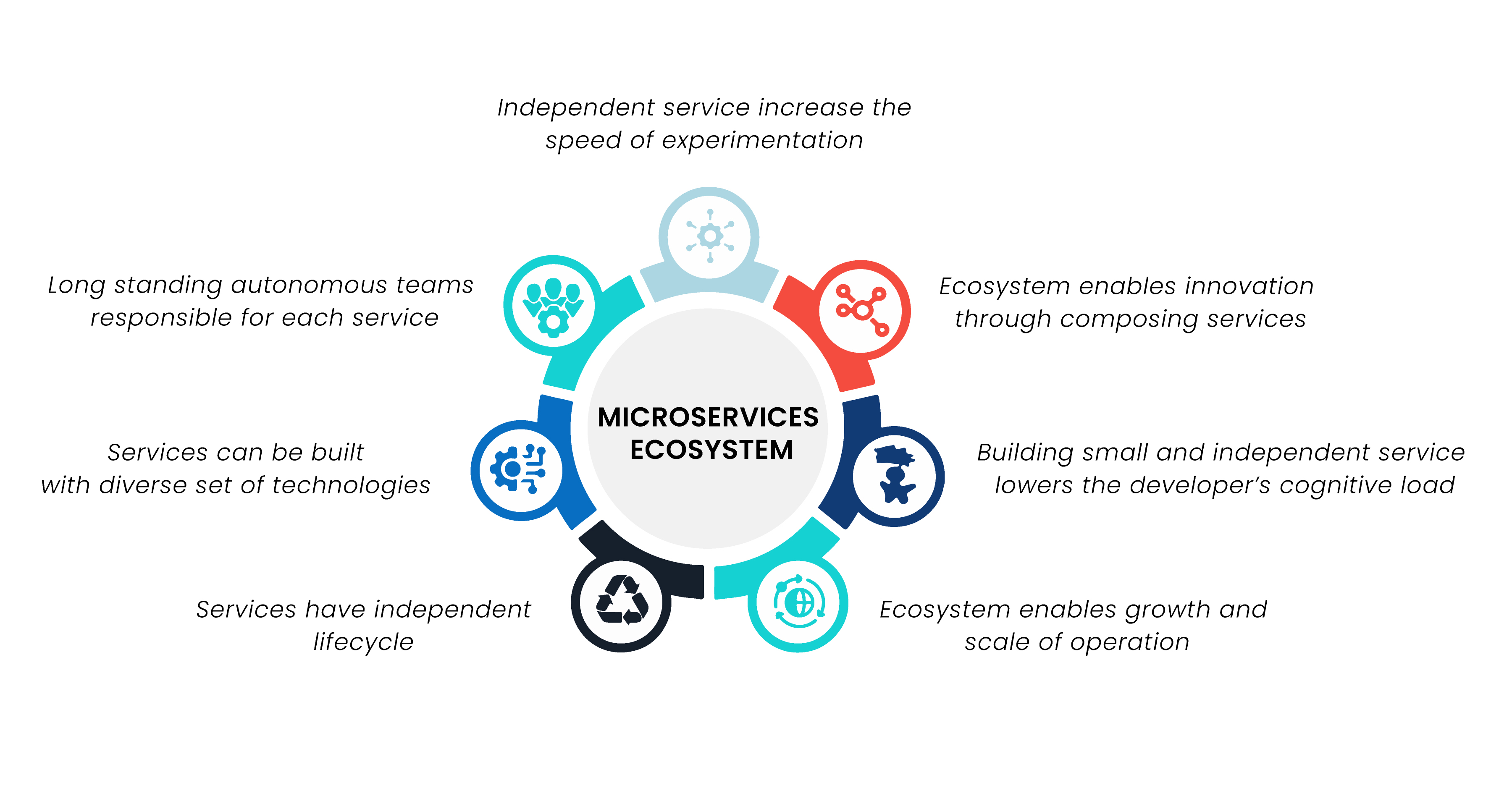Transitioning from monolithic architectures to microservices is a pivotal move for many tech companies striving to stay agile and scalable in today’s dynamic market. For years, the monolithic model served its purpose, providing a unified structure that allowed teams to build, deploy, and maintain software in a centralized manner. However, as applications grow in complexity and user demands become more diverse, the cracks in this approach begin to show. The tightly coupled nature of monolithic systems often leads to inefficiencies, bottlenecks, and slow development cycles, particularly when a business scales. In contrast, microservices offer a modern, modular solution that addresses these limitations, allowing faster iterations, improved flexibility, and more streamlined operations.
The transition from a monolith to microservices is not a decision to be made lightly. While the benefits of microservices are compelling, the process of decoupling a monolithic application is complex and requires careful planning. This shift, when executed correctly, can significantly enhance operational efficiency, allowing teams to manage individual components independently, improve scalability, and reduce the risk of system failures.
Understanding the Core Problem with Monoliths
At the heart of monolithic architectures lies a single codebase that houses all the functionality of an application. Initially, this approach can seem attractive due to its simplicity. Teams work within a single system where all components, from the frontend to backend services, are interconnected. Early development is often faster since everything is centralized, and changes can be implemented without worrying about cross-service dependencies.
However, as the application grows, monoliths become unwieldy. A key challenge is that small changes or updates in one part of the system can require the entire application to be rebuilt and redeployed. This process not only slows down development but also increases the risk of introducing bugs or breaking functionality in unrelated parts of the system. The lack of modularity also means that scalability becomes an issue; to accommodate increased demand for one component, businesses must often scale the entire application, leading to inefficient resource use.
As tech companies seek to innovate rapidly, these bottlenecks in monolithic systems can be debilitating. The challenge lies not only in the technical inefficiencies but also in the difficulty of adapting to changing business requirements, evolving user needs, or integration with newer technologies.
Decoupling the Monolith: A Strategic Approach
Transitioning to microservices begins with a thorough understanding of the existing monolith. The core idea is to break the monolith down into smaller, independent services, each responsible for a specific business capability. This decoupling requires identifying logical boundaries within the application—areas where services can function independently without needing to constantly communicate with the rest of the system.
A common approach to this transition is through the use of the “strangler pattern.” Rather than rewriting the entire application from scratch, the strangler pattern allows for incremental migration. New features are built as microservices, while legacy functionality remains within the monolith until it is gradually replaced. Over time, as new services are added and old ones are phased out, the monolith shrinks, and the application evolves into a more modular, service-oriented architecture.
The decoupling process also involves a shift in how teams think about development and deployment. Instead of working within a single codebase, development teams focus on individual services that can be developed, tested, and deployed independently. This decoupled nature not only speeds up the development cycle but also reduces the risk of large-scale system failures, as issues in one service don’t necessarily affect the entire application.
Advantages of Microservices: Agility and Scalability
The agility offered by microservices is one of the most compelling reasons for making the transition. In a microservices architecture, teams are free to innovate and iterate more quickly because they’re not constrained by the need to deploy the entire application every time a small change is made. Each service is self-contained, meaning updates or fixes can be rolled out for one service without disrupting the rest of the system. This flexibility also allows for more frequent releases, leading to faster time-to-market for new features and products.

Scalability is another critical advantage of microservices. Rather than scaling the entire application to accommodate a spike in demand for one feature, individual services can be scaled independently based on their usage patterns. This targeted scalability improves resource efficiency and reduces costs, particularly for applications with highly variable traffic. For instance, in an e-commerce platform, product catalog services may experience heavier traffic during a sale, while payment services may not see the same level of demand. In a microservices architecture, only the product catalog service would need to be scaled, reducing the overall burden on infrastructure.
Moreover, microservices architectures are often more resilient than monoliths. Because services are decoupled, the failure of one service doesn’t necessarily bring down the entire application. By implementing robust fault-tolerance mechanisms and redundancy at the service level, businesses can ensure higher system availability and improve their ability to handle unexpected outages.
Challenges and Considerations in the Transition
While the benefits of microservices are substantial, transitioning from a monolithic architecture presents several challenges. The process of decoupling services is complex and requires a deep understanding of both the existing monolith and the desired microservices architecture. A poorly executed transition can lead to increased complexity, making the system even harder to maintain than the original monolith.
One of the main technical challenges is managing data in a distributed environment. In a monolith, all components typically share a single database, making it easy to enforce data consistency and relationships. However, in a microservices architecture, each service often has its own dedicated database. This decentralization can lead to issues with data consistency, duplication, and transaction management across services. To address this, companies must adopt strategies like event-driven architectures, CQRS (Command Query Responsibility Segregation), or eventual consistency patterns to ensure that data is properly synchronized across services.
Another consideration is inter-service communication. Microservices communicate over the network, which introduces latency and the potential for communication failures. To mitigate these issues, companies often implement tools like service meshes and distributed tracing mechanisms to monitor and manage the flow of data between services. Ensuring reliable communication between services is essential to maintaining the integrity of the system and avoiding service degradation.
Conclusion: The Future with Microservices
For technology companies seeking to remain competitive, the shift from monolithic architectures to microservices is not just a technical upgrade—it’s a strategic necessity. As businesses scale and evolve, the limitations of monolithic systems become more apparent, hindering innovation and agility. Microservices offer a way forward, providing the flexibility, scalability, and resilience that modern applications require.
However, the transition must be approached with care. Decoupling a monolith is a complex process that requires careful planning, a solid understanding of the existing system, and a clear vision for the future. But with the right strategy in place, tech companies can successfully navigate this transition, unlocking new levels of efficiency and innovation.
Read Whitepaper Microservices Disruption: Transforming Business with Agility
